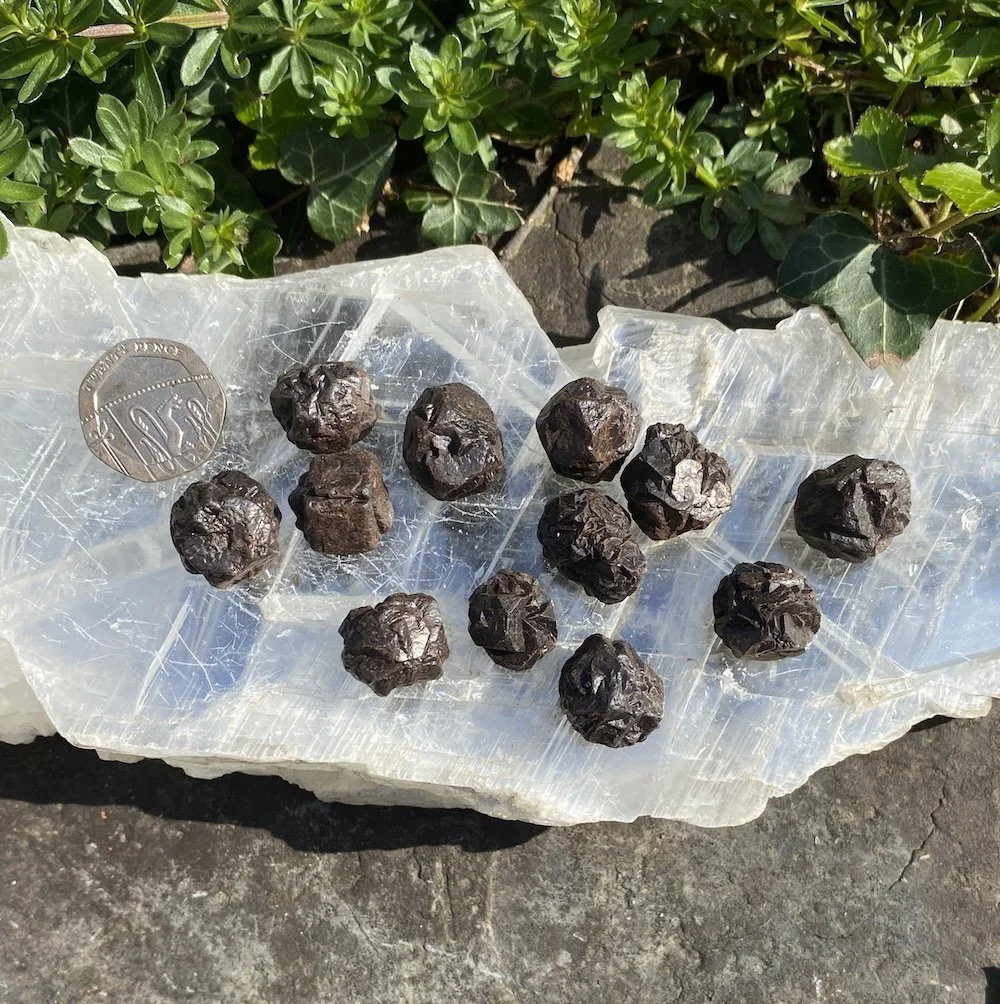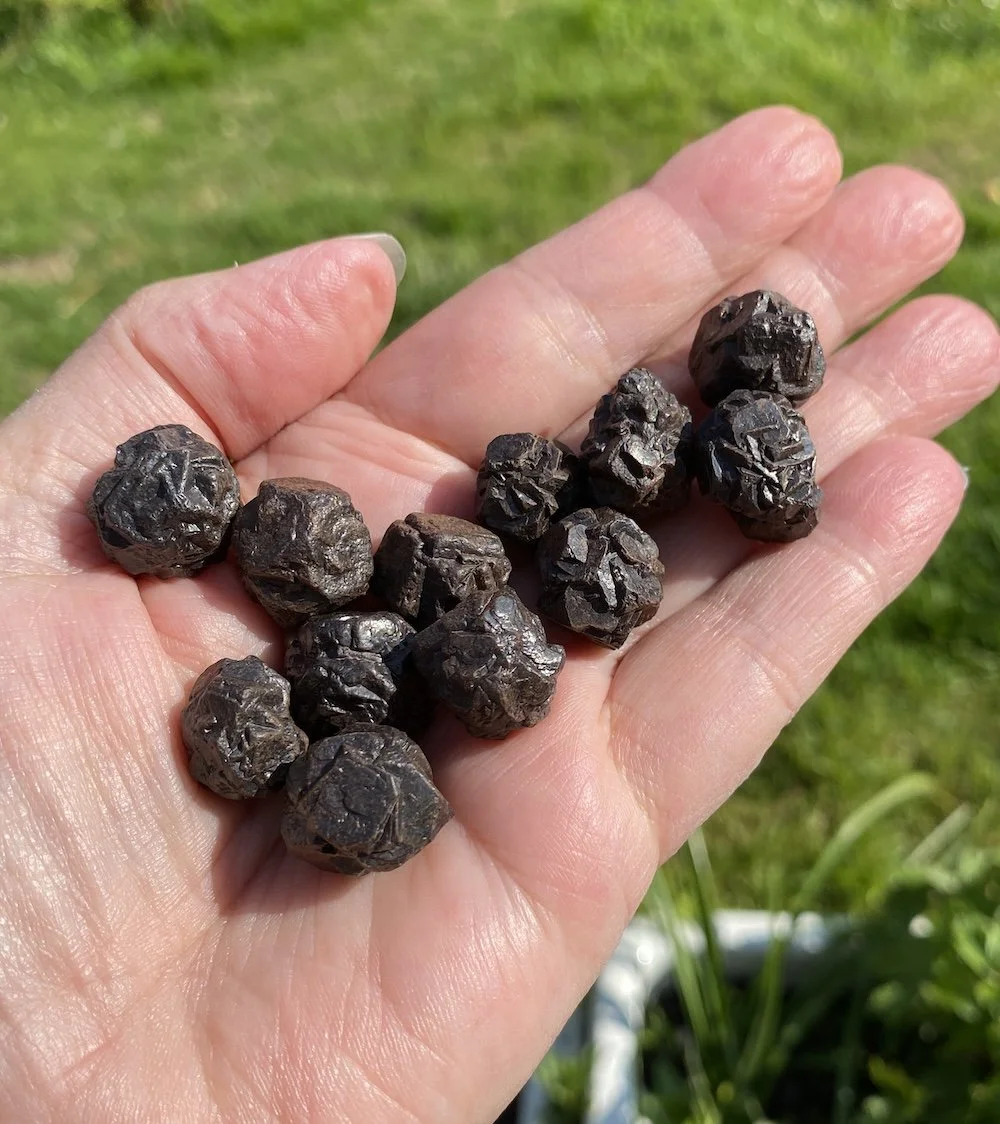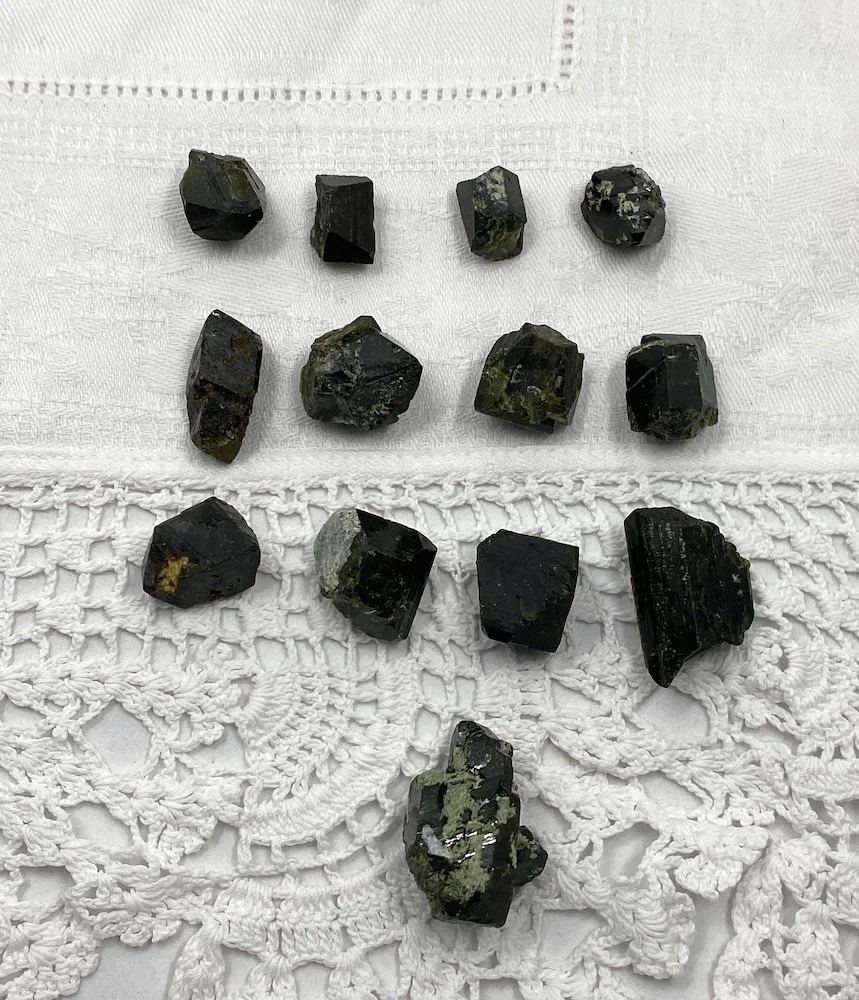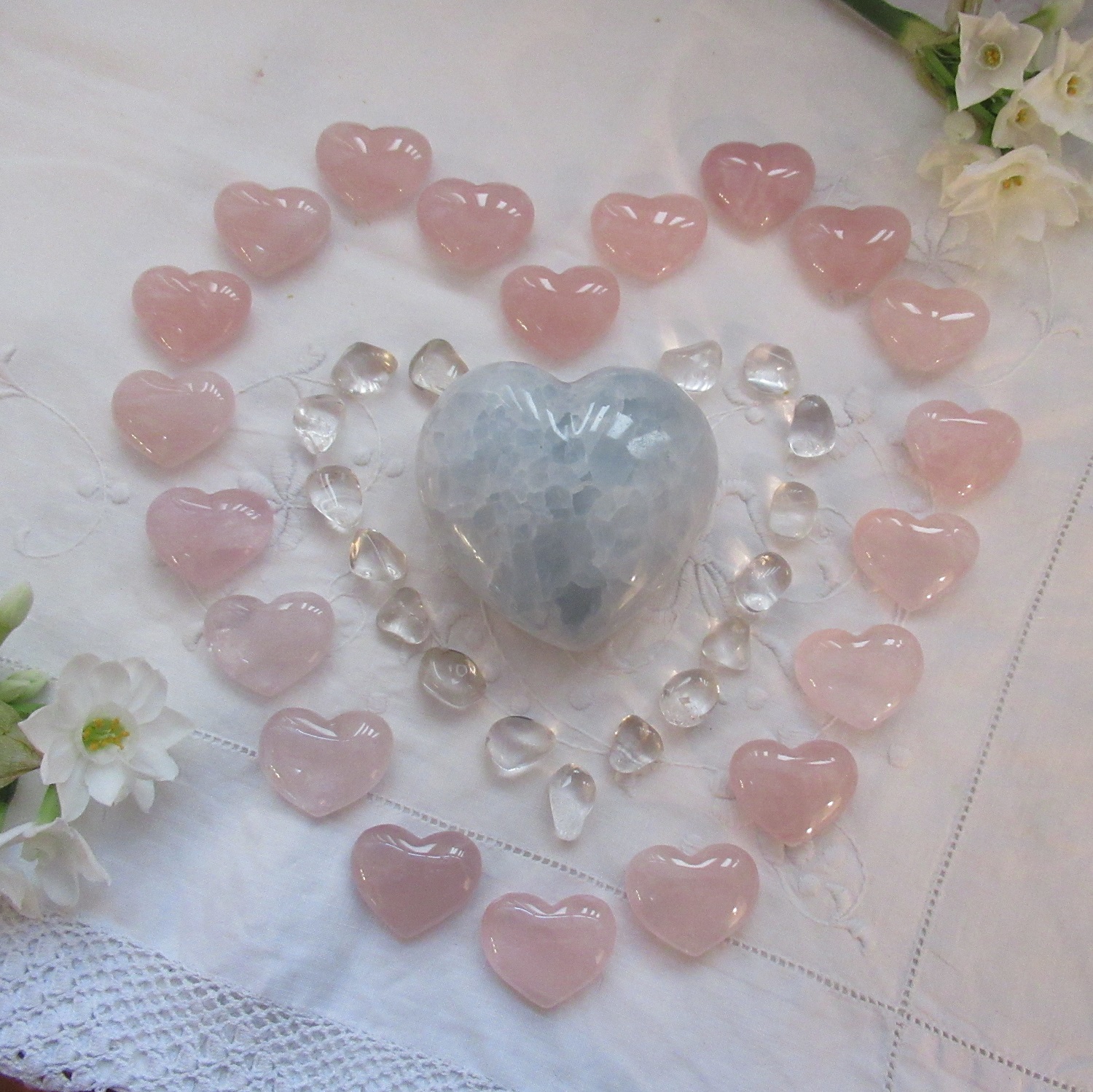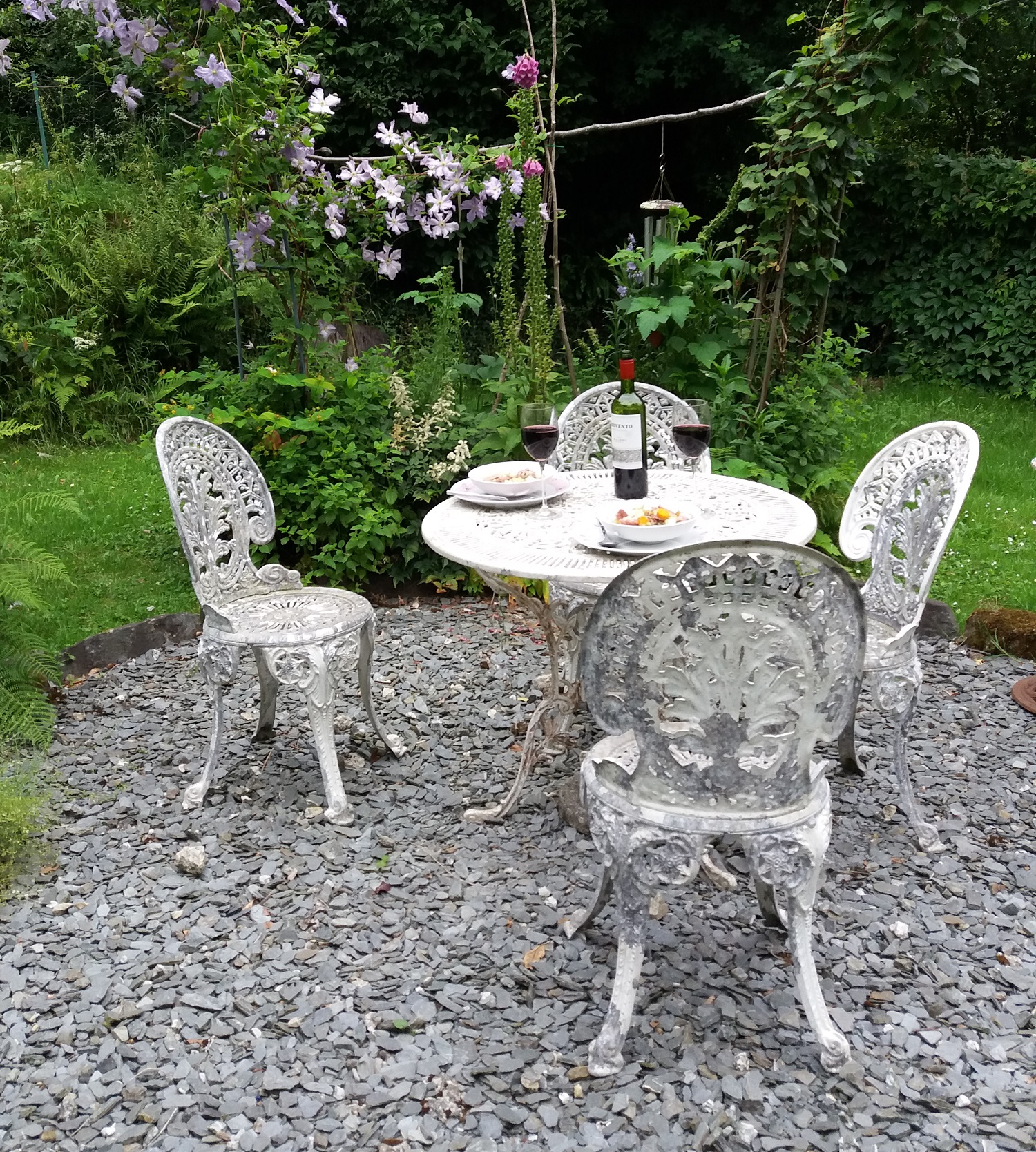Glendonite
Glendonite
For those of you who are always on the lookout for something new and different . . . Glendonite.
Glendonite (CaCO3) is a Calcite pseudomorph after Ikaite (CaCO3.6H2O)
A pseudomorph is a mineral or mineral compound that appears in an uncharacteristic form, i.e. a different crystal system. It is formed by chemical or structural change of another mineral. It retains the shape of the previous mineral after undergoing a transformation. An example is Petrified Wood where all the cellulose fibres have been replaced by silica.
Glendonite is the pseudomorph of Ikaite, which is known as its parent mineral.
Ikaite is rare due to its temperature sensitivity. It forms in organic rich sediments in marine environments. It has only been found in temperatures ranging from -2 to 7°C. At warmer temperatures, Ikaite is unstable. It loses water and converts to Calcite.
Glendonite is not a mineral in and of itself. The name comes from the location in Australia where it was first identified.
Other pseudomorphs of Ikaite include Jarrowite, discovered in 1860 in muds at Jarrow Slake on the River Tyne; Thinolite from Nevada, USA; Fundylite names for the Bay of Fundy, Canada.
To me, Glendonite has an interesting energy. It feels both deep and high - connecting the Earth Star chakra with Third Eye, Crown and Soul Star.
It grounds chaotic emotions, reducing stress, anxiety and grief and brings calmness, stability and peace. It clears the mind of mental clutter and brings focus and clarity so that we can receive messages from our higher selves and be inspired to live our purpose. It can help increase stamina and build resilience so we can manifest this in the physical world.
For size, please see the photograph with the 20p coin. You will receive the piece in the photograph.
Glendonite is the pseudomorph of Ikaite, which is known as its parent mineral.
Ikaite is rare due to its temperature sensitivity. It forms in organic rich sediments in marine environments. It has only been found in temperatures ranging from -2 to 7°C. At warmer temperatures, Ikaite is unstable. It loses water and converts to Calcite.
Glendonite is not a mineral in and of itself. The name comes from the location in Australia where it was first identified.
Other pseudomorphs of Ikaite include Jarrowite, discovered in 1860 in muds at Jarrow Slake on the River Tyne; Thinolite from Nevada, USA; Fundylite names for the Bay of Fundy, Canada.
To me, Glendonite has an interesting energy. It feels both deep and high - connecting the Earth Star chakra with Third Eye, Crown and Soul Star.
It grounds chaotic emotions, reducing stress, anxiety and grief and brings calmness, stability and peace. It clears the mind of mental clutter and brings focus and clarity so that we can receive messages from our higher selves and be inspired to live our purpose. It can help increase stamina and build resilience so we can manifest this in the physical world.

